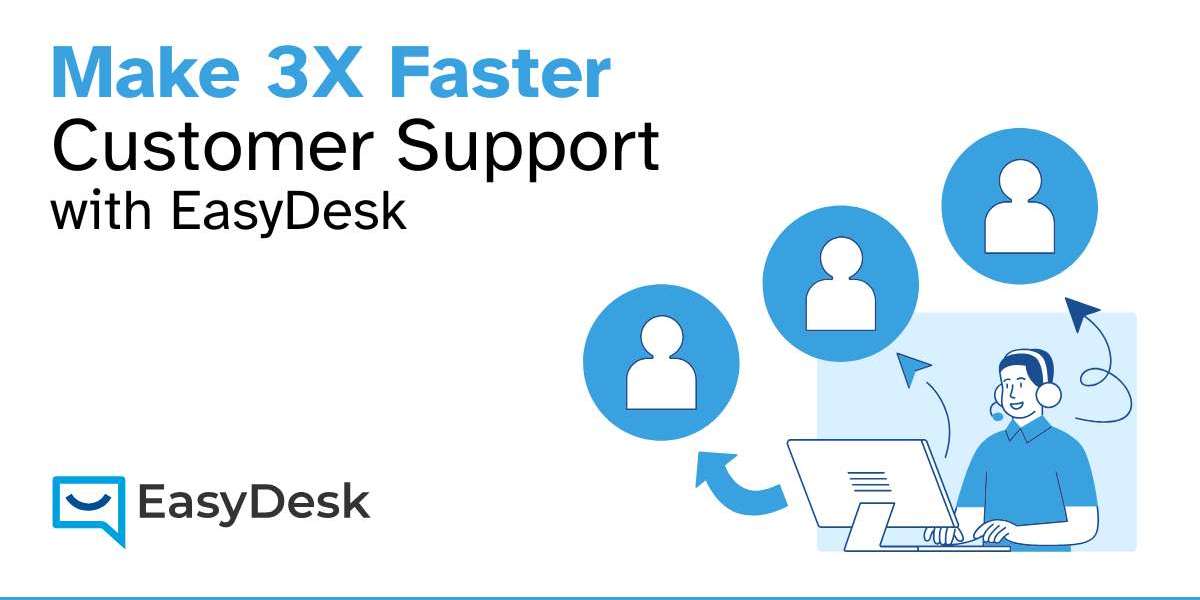Think about the last time you had a frustrating customer service experience—long waits, repeating yourself to multiple agents, or getting no resolution at all. Chances are, the business wasn’t using effective help desk software.
In today’s customer-driven world, smooth support isn’t just “nice to have”—it’s a competitive advantage. Help desk solutions are no longer reserved for big corporations. Small businesses, startups, and growing enterprises are all tapping into their power.
Let’s unpack why help desk software is becoming the backbone of modern customer service.
What is Help Desk Software, Really?
At its simplest, help desk software is a digital platform that organizes customer inquiries into manageable “tickets.” These tickets can come from email, live chat, phone calls, or even social media.
Instead of juggling multiple inboxes and sticky notes, your team gets one clean dashboard to track, prioritize, and resolve issues. The result? Faster response times, fewer mistakes, and happier customers.
Why Businesses Can’t Ignore Help Desk Software
Here’s the truth: ignoring customer expectations today is like locking your shop door during business hours. Customers want answers instantly. If you can’t deliver, they’ll find someone else who can.
Here are some game-changing benefits of help desk software:
1. Centralized Communication
No more flipping between Gmail, WhatsApp, and Facebook Messenger. Everything lives in one place.
2. Time-Saving Automation
Set up workflows so tickets automatically route to the right team member. Imagine freeing your agents from repetitive tasks.
3. Better Insights
Track response times, resolution rates, and satisfaction scores. Data makes it easy to spot bottlenecks and fix them fast.
4. Improved Customer Loyalty
Efficient support = happy customers. Happy customers = long-term loyalty. Simple math.
Help Desk Software vs. Customer Service Tools
A lot of people confuse help desk software with broader customer service systems. The difference?
Help desk software: Best for ticket management and resolving technical issues or inquiries.
Customer service support software: Goes a step further by combining ticketing with engagement tools like live chat, customer portals, and feedback collection.
For many businesses, using them together creates the perfect balance—structured problem-solving with proactive customer engagement.
Must-Have Features of Help Desk Software
Before you sign up for the first tool you find, make sure it includes features that actually make your life easier. Look for:
Omnichannel support – All customer interactions in one dashboard.
Knowledge base – A self-service library that saves your agents (and customers) time.
Scalability – Grows with your business without constant upgrades.
Team collaboration tools – Internal notes, tagging, and shared visibility.
Integration options – Works with your CRM, Slack, or project management tools.
The Rise of AI in Help Desk Software
Artificial intelligence is taking help desks to a whole new level. AI can now:
Suggest responses for agents.
Predict customer sentiment.
Automatically categorize and prioritize tickets.
That means less manual work for your team and faster resolutions for your customers. Businesses using AI-driven help desk software are already seeing massive gains in productivity and customer satisfaction.
How Small Businesses Benefit from Help Desk Software
One of the myths around support tools is that they’re “just for big enterprises.” The reality? Small and medium businesses arguably benefit the most.
Here’s why:
Level the playing field: Even a 3-person support team can look as professional as a Fortune 500 company.
Cost-effective SaaS options: Pay-as-you-go pricing makes it affordable.
Automation saves headcount: Instead of hiring 5 more agents, automation can do the heavy lifting.
Pairing it with customer support help desk software ensures even lean teams can manage growing customer demand.
Best Practices for Maximizing Help Desk Software
Having the tool isn’t enough—you need to use it wisely. Here’s how:
1. Define Clear SLAs (Service Level Agreements)
Decide how quickly tickets should be acknowledged and resolved.
2. Build a Knowledge Base Early
Encourage customers to find answers before submitting tickets. It reduces workload and boosts satisfaction.
3. Train Continuously
As new features roll out, keep your team updated. The best software is only as good as the people using it.
4. Collect Feedback
Ask customers how easy it was to get support. Use that data to improve your workflows.
The Future of Help Desk Software
The future is exciting. Imagine this:
AI bots solving 70% of requests before they even reach a human.
Proactive alerts that notify customers of issues before they notice them.
Integration with voice assistants so customers can just ask Alexa to create a ticket.
Help desk software isn’t just about support anymore—it’s becoming a key driver of customer experience. Businesses that adapt now will stay ahead of the curve.
Final Thoughts
Customer service has evolved from being a back-office function to a core part of brand strategy. In 2025, the businesses that win will be the ones that deliver fast, seamless, and personalized support.
Help desk software is no longer optional—it’s essential. Whether you’re a startup or an established brand, the right solution can boost efficiency, build customer trust, and give you the edge in a competitive market.
So, if you’ve been relying on email threads or spreadsheets, it’s time to upgrade. Start small, train your team, and watch how quickly your customer satisfaction scores improve.
And remember—whether you stick with help desk software alone or combine it with customer service support software and customer support help desk software, the goal is the same: happier customers, less stress for your team, and a stronger business.








